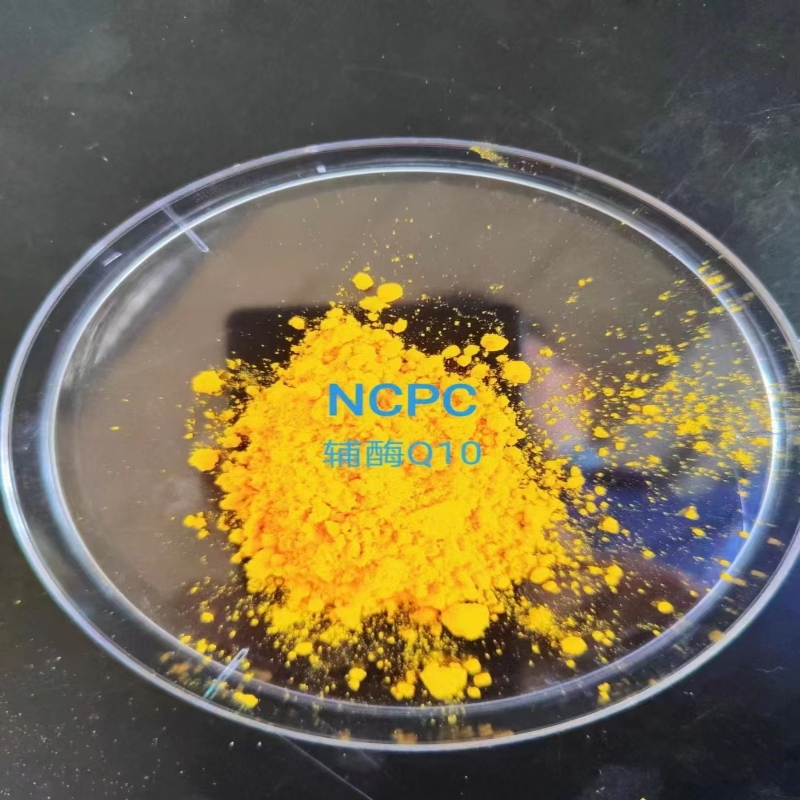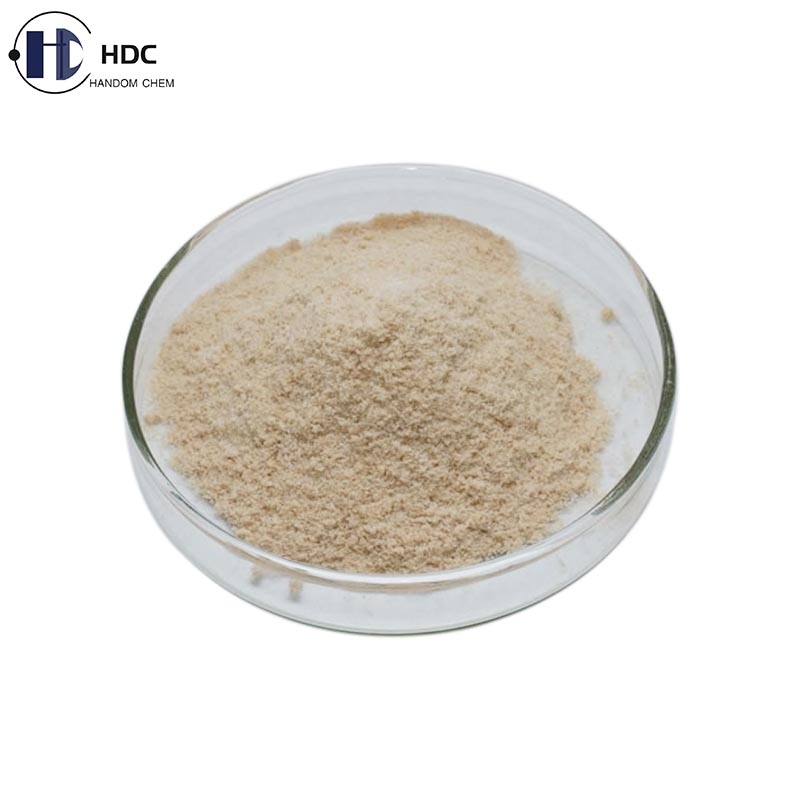Advances in the analysis of pet hydrolase
-
Last Update: 2018-02-24
-
Source: Internet
-
Author: User
Search more information of high quality chemicals, good prices and reliable suppliers, visit
www.echemi.com
Plastic products not only bring convenience to human life, but also cause white pollution Pet (abbreviated as polyethylene terephthalate) is an important source of white pollution, accounting for 18% of the total amount of polymers in the world Pet is stable and not easy to decompose It is widely used as packaging and container At present, pet waste is treated by landfill, incineration and recycling Although landfill and incineration are the simplest, the waste gas and waste water produced will cause secondary pollution to the environment However, it is the most ideal method to degrade pet into component molecules by biological methods (such as enzyme degradation or microbial degradation), and then recycle it It not only solves the problem of pet waste, but also recycles the synthetic raw materials of pet For a long time, the scientific community has been looking for an effective method of pet biodegradation Recently, Japanese research team reported a kind of "plastic eating" bacteria (ideonella sakaiensis) The bacteria can adhere to the surface of pet, secrete a new type of pet hydrolase to degrade pet into small pieces, and then transport the degraded products into the body for further "digestion", and finally convert into two relatively simple organic compounds, glycol and terephthalic acid The activity and substrate specificity of this new type of pet hydrolase are much higher than those previously reported It is of great significance to understand the degradation process of pet plastics and realize the industrial application of pet hydrolase to clarify the degradation mechanism of pet hydrolase Recently, the research team of structural biology and proteases led by Guo Ruiting, researcher of Tianjin Institute of industrial biotechnology, Chinese Academy of Sciences, has successfully analyzed the high-resolution structure of this new type of pet hydrolase by using X-ray crystallography technology At the same time, the team obtained the complex structure of pet hydrolase and its substrate analog for the first time This research result is helpful to understand the molecular basis of pet hydrolase and accelerate the development and utilization of new pet degrading enzyme At present, the research team is using the obtained structural information to carry out more in-depth rational design and directed evolution of pet hydrolase.
This article is an English version of an article which is originally in the Chinese language on echemi.com and is provided for information purposes only.
This website makes no representation or warranty of any kind, either expressed or implied, as to the accuracy, completeness ownership or reliability of
the article or any translations thereof. If you have any concerns or complaints relating to the article, please send an email, providing a detailed
description of the concern or complaint, to
service@echemi.com. A staff member will contact you within 5 working days. Once verified, infringing content
will be removed immediately.







